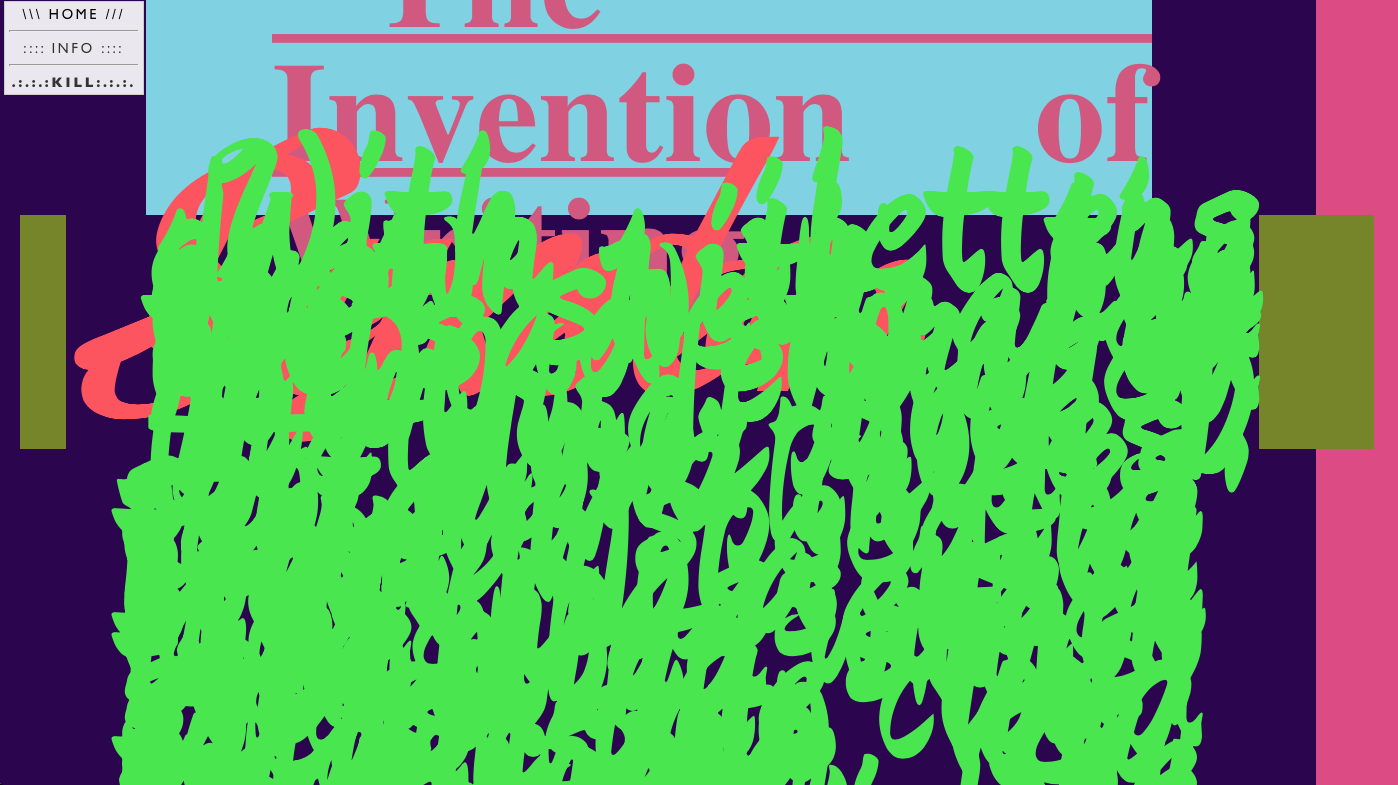Generative typography
What is generative typography? Generative typography is the use of computers, and/or algorithms to create letterforms and visual compositions of letter forms.
Curious experiment by Americal Asperagus and more from the Github Readme
Generative typography is the use of computers, and/or algorithms to create letterforms and visual compositions of letter forms. Conceptually, asparagus was influenced by the work of Swiss typographer Karl Gerstner, who began experimenting with using computers to design grid systems and compositions (typographic and otherwise) in the 1950s and 1960s.
While Gerstner used what could be thought of as a deterministic approach to generative design (meaning he used equations and programs with pre-defined parameters that would reliably produce the same results each time they were computed), asparagus takes a non-deterministic and probabilistic approach.
Asparagus’s parameters are not determined beforehand. They are randomly generated, and then selected and refined by user interaction. This means each time the program is run, the “solution” found is unique. Moreover, there is no “correct” solution, or end result. Much as organisms react to the environment and events around them asparagus takes the chaos in its web-environment and reacts and adapts.
Unfortunately all I see is the unreadable mash. Docs indicate this is expected.

Safari readability mode shows the actual text.